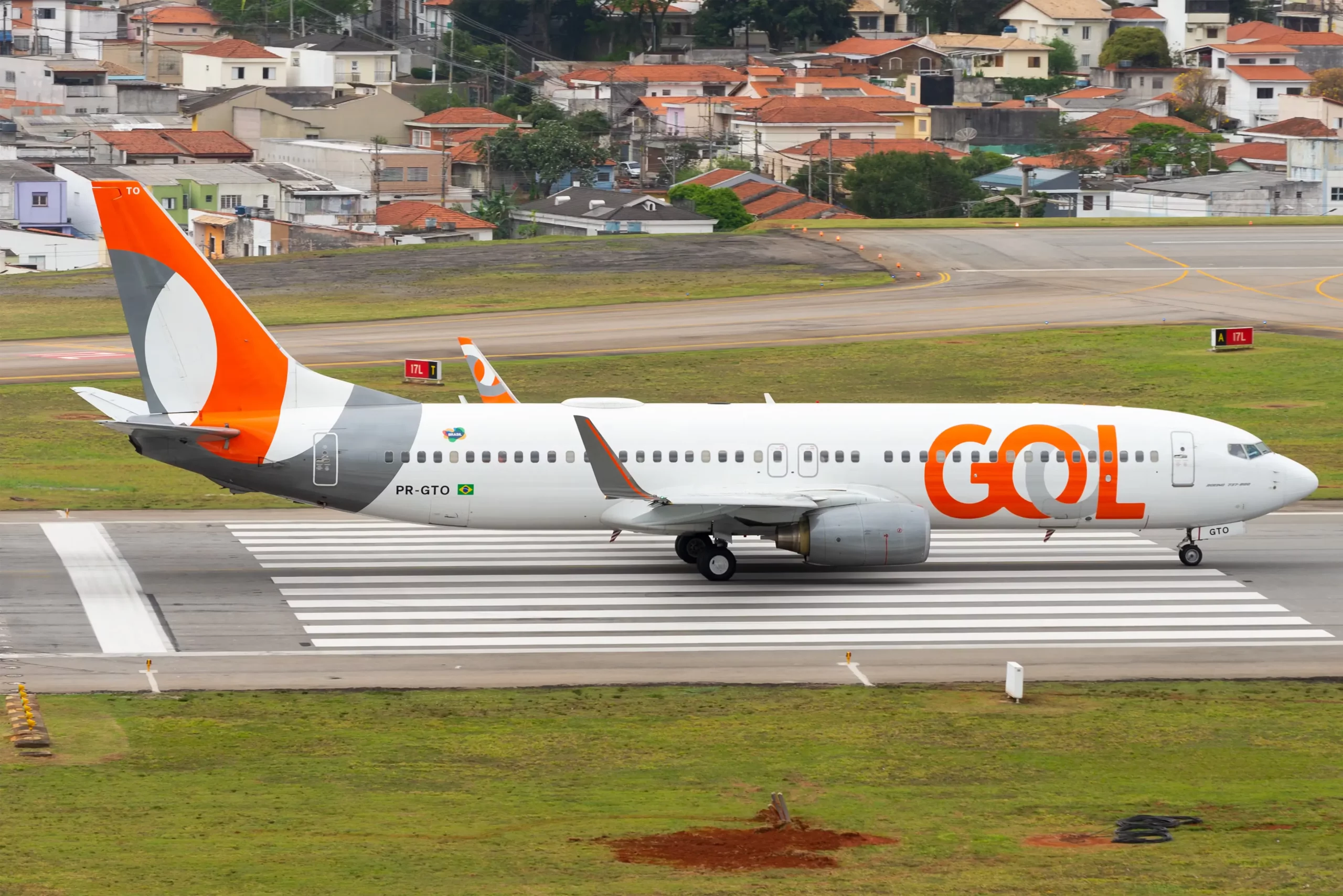Brazilian airline GOL Linhas Aéreas unveiled its revised 5-Year Financial Plan on January 15, 2025. The plan serves as the foundation for the company’s reorganization under Chapter 11 bankruptcy protection in the United States.
GOL filed for bankruptcy in January 2024, seeking to restructure its substantial debts and operations. The new plan assumes an exchange rate of R$6.04 to the US dollar. This reflects current economic conditions in Brazil.
GOL aims to expand its fleet to 169 aircraft by 2029. The company plans to invest in its existing fleet to improve operational efficiency in the short term. GOL’s strategy includes converting a significant portion of its financial debt into new shares.
This move will likely dilute existing shareholders considerably. The airline targets a capital raise of $330 million combined with $1.54 billion in new five-year debt. These funds will repay existing debtor-in-possession financing and boost liquidity.
The company expects to improve its net debt position substantially. GOL projects its debt-to-EBITDA ratio will reach 2.7 times by the end of 2027. It aims to further reduce this to 1.9 times by the end of 2029.


These improvements hinge on recovering fleet operations and normalizing EBITDA generation. GOL’s CEO, Celso Ferrer, expressed optimism about the restructuring process.
He highlighted successful negotiations with lessors and efforts to address maintenance issues. Ferrer emphasized the company’s focus on improving financial results and reaching agreements with key stakeholders.
GOL’s Restructuring Efforts
The airline industry in Brazil faces ongoing challenges. Economic volatility, currency fluctuations, and intense competition continue to impact carriers. GOL’s restructuring efforts are crucial for its survival in this competitive market.
The success of its 5-Year Plan will determine the company’s ability to regain profitability. GOL’s shares responded positively to the announcement. The stock surged over 10% in early trading on January 15.
This reaction suggests cautious optimism among investors about the airline’s future prospects. However, the road to recovery remains long and uncertain for GOL.
The company’s restructuring plan aligns with similar efforts by other Latin American airlines. Carriers like Aeromexico, Avianca, and LATAM also underwent Chapter 11 processes following the COVID-19 pandemic.
GOL’s ability to navigate this process successfully will be closely watched by industry observers. GOL’s 5-Year Plan represents a critical step in its efforts to overcome financial challenges.
The airline’s focus on fleet expansion, debt reduction, and operational improvements aims to position it for future growth. As GOL works to emerge from bankruptcy, its performance in the coming months will be crucial.
The success of GOL’s restructuring will have broader implications for Brazil’s aviation sector. It could potentially lead to further consolidation in the industry. The outcome of GOL’s efforts will likely shape the competitive landscape of Brazilian air travel in the years to come.

